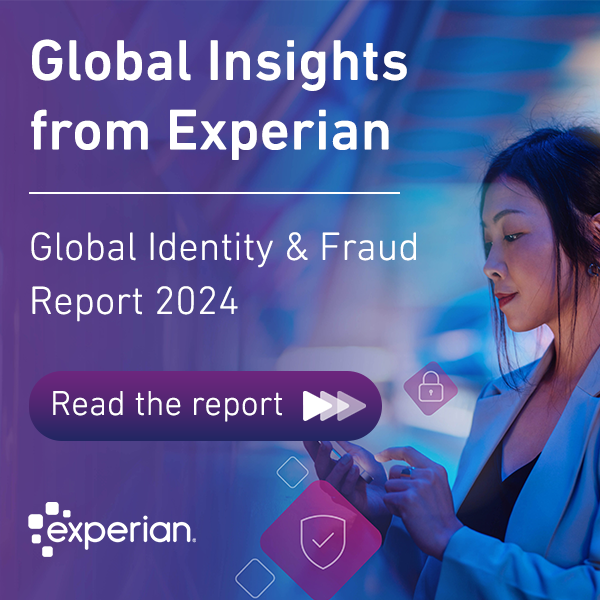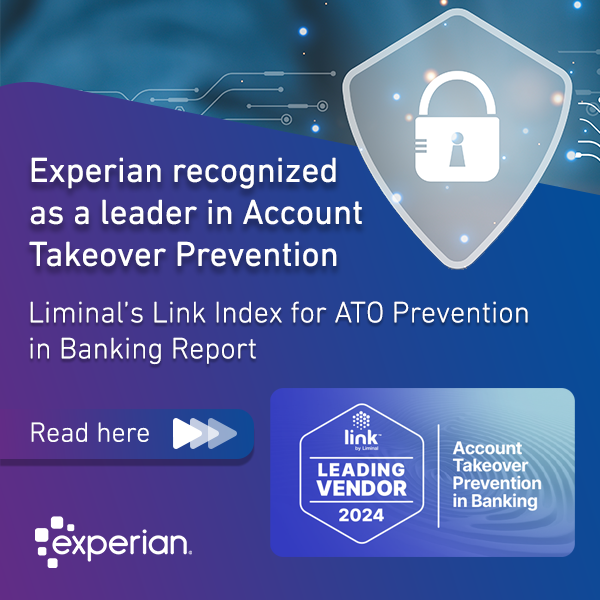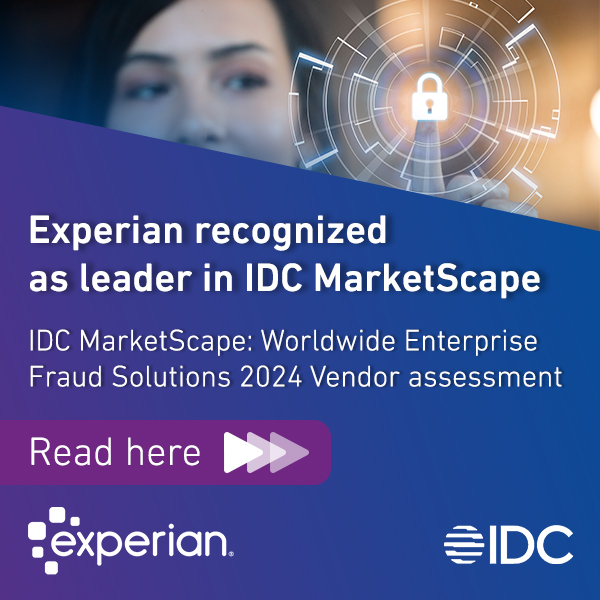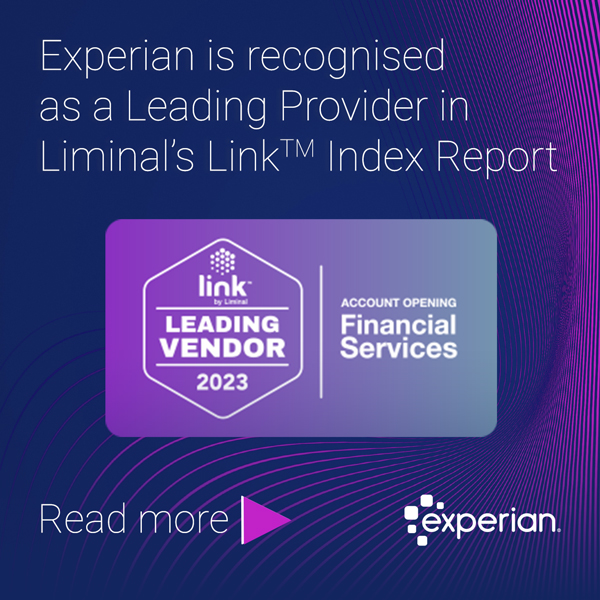In many respects, the explosion in the type and volume of customer data businesses gather to facilitate security, ensure a convenient, user-friendly approach to customer interactions, and personalize interactions is a double-edged sword. In an era when businesses are awash in data, customers' expectations regarding its use continue to grow. Nonetheless, when it comes time to recognize a consumer by utilizing the data, there is a disconnect between how confident businesses are in their ability to recognize the consumer and the consumer's confidence in businesses' ability to do the same.
In our latest Global Identity and Fraud Report, where input from over 6,500 consumers and 650 businesses worldwide was gathered, 95% of businesses expressed confidence in their ability to recognize their customers whereas only 55% of consumers reported that they don't feel recognized by businesses.
So why do businesses feel they are recognizing their customers better than customers think they are? At the heart of the problem, many businesses fail to appreciate the risks and shortcomings associated with weak or no identity verification and customer authentication tools, including their inability to prevent criminal activity or offer seamless processes that minimize customer friction. And while businesses possess the means of gathering data from customers through a multitude of identity verification and authentication touchpoints, they sometimes struggle to develop an overarching picture of individual customers, in conjunction with their needs during each phase of the customer lifecycle.
This, in turn, results in a myopic view of the customer, despite the existence of extensive data.
A never-ending torrent of data
Due to the rapid increases in the number of connected devices,
there is exponential growth occurring in the amount of data generated, with
some estimates predicting an excess of 79.5 zettabytes (or 79.5 billion
terabytes) of generated data by 2025.
With these facts in mind, many companies experience
the shortcomings of big data solutions and their ability to make sense of the
unprecedented growth in consumer data at the fingerprints. This inability to
provide actionable insight means that what started as promising data lakes now
resemble data swamps, meaning that companies possess unfathomable amounts of
data but struggle with how to put it to good use.
The security implications for business and consumers
While businesses rush to embrace digitization by gathering all manner of data from customers at every stage of their journey, vast amounts of data continue to be exposed. Furthermore, as stated earlier, when it comes to customer engagement, there are expectations that businesses must meet regarding security, convenience, and personalization, yet many businesses struggle to understand the interrelationship between these three elements.
In specific terms, as a customer interacts with a company, they provide additional data, with each interaction. This helps paint a more accurate picture of their identity and behaviors. In turn, this increasingly detailed, data-driven portrait improves an organization's ability to recognize them in subsequent interactions. Moreover, with a more detailed understanding of the customer, the need for burdensome security processes lessens, resulting in less friction for the customer. In a nutshell, security, convenience, and personalization form individual legs of the same stool. Consequently, failing to consider this fact, leads to isolated security measures, peppered throughout the customer lifecycle.
For example, while browsing online, a customer may receive recommendations regarding the products or services they may like. However, when they access their account profile during the same session, the company may force them to reauthenticate their access. Using this example, since the company had sufficient data to personalize the customer's experience, in theory, at least, they also possessed sufficient information about the customer and their identity to grant unfettered access to their profile. Was there a genuine need to reauthenticate the customer in this scenario?
At the heart of that interaction lies the customer's identity,
which forms the basis for any interactions. When disparate systems capture
various elements of a customer's digital identity, a mechanism must exist to
aggregate the elements, to minimize the friction customers experience when
interacting with businesses at different points in the lifecycle.
And while relatively sophisticated CRM systems exist to
memorialize customer preferences, due to their inability to capture a holistic
view of the customer's identity and subsequent activity during all touchpoint
in the customer lifecycle, they often fall short as in their ability to
deliver a cohesive, consistent and appealing approach when it comes to
security.
The power of layers and analytics
When fractured infrastructures are in place, businesses often subject their customers to a complicated and disjointed approach to security and risk requests, while simultaneously bombarding them with attempts to up-sell or cross-sell products and services. So, while the goal of data gathering and analysis should in part facilitate convenience, that is far from the customer experience when interacting with certain businesses.
Conversely, when customer identity and recognition involves
layers of data gathered from across business units, coupled with advanced
analytics and quality identity verification tools, businesses can present a
more compelling, user-friendly approach that minimizes the stress placed on the
customer while providing a positive customer experience. With this approach in
mind, businesses can do a great deal to foster engagement which is secure and
trusted by the customer.
Our research determined that 86 percent of businesses state that
advanced analytics is a strategic priority. Yet only 67 percent of businesses
consider the use of advanced analytics, like artificial intelligence, to be
important for fraud prevention, whereas only 57 percent deem advanced analytics
as important for identifying customers. Even fewer respondents see a reason to
adopt a hybrid approach involving machine learning involving both unsupervised
and supervised models with business rule logic – 45 percent globally and with
the United States and Japan as the outliers at 58 percent.
However, when businesses pursue the adoption of more
sophisticated authentication strategies and advanced fraud detection tools,
they will improve their ability to identify and their customers, reducing their
exposure to risk and ultimately leading to increased trust. Trust is the
linchpin for any transaction and while it's easy to underestimate the
importance of trust, given how difficult it is to measure and maintain, without
it consumers and businesses will part ways.
In a world
with no shortage of data, with the right tools and methodology in place,
businesses can mitigate various forms of risk, refine the customer experience,
and foster the trust needed to support a mutually beneficial relationship
between businesses and the customers they serve.





















